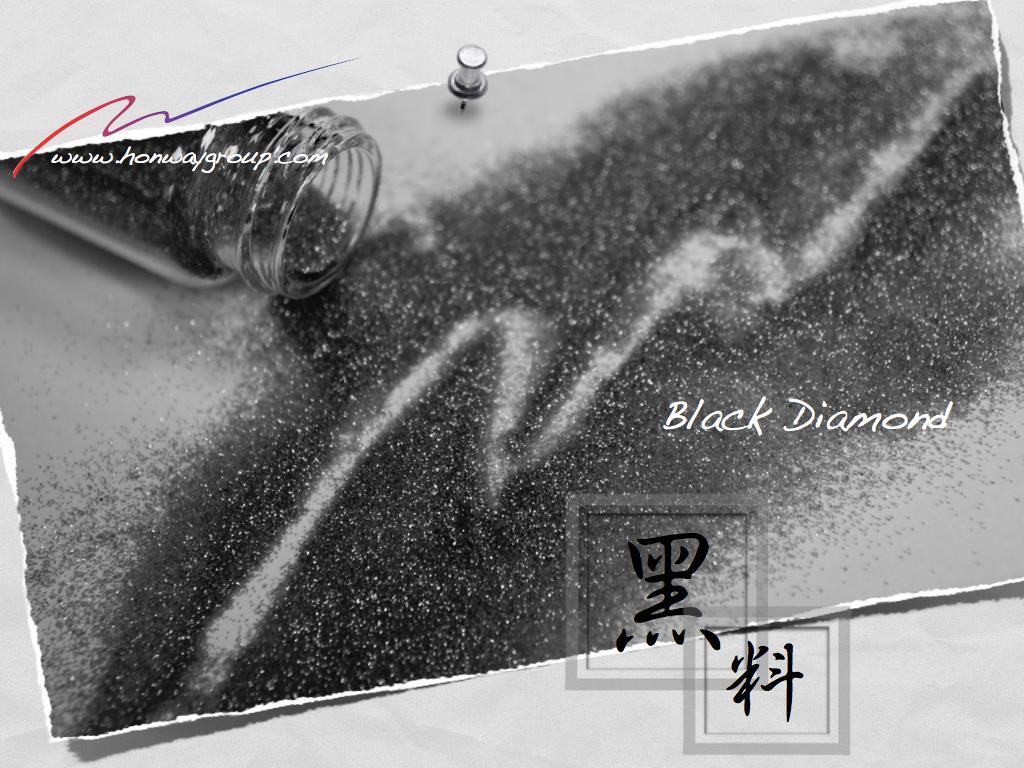Polishing is a process that reduces the surface roughness of an object using physical, mechanical, or chemical methods. Polishing techniques are mainly used in precision machinery and the optical industry. The surface of a workpiece becomes smooth and has a good reflective effect after polishing.
The two primary goals of polishing molds are increasing the brightness and aesthetics of plastic molds. Secondly, to make demolding easier. During polishing, coarse oil stones are first used to rough grind the machined mold cavity surface, removing tool marks. Then finer oil stones are used to remove the traces left by the coarse stones. Afterward, fine sandpaper is used to further polish the surface, followed by a final polish with polishing paste or compound, resulting in a mirror-like finish.
In everyday life, we commonly see six polishing methods for plastic molds:
1. Mechanical Polishing
Mechanical polishing relies on cutting and surface plastic deformation to remove the protruding parts of the polished surface and achieve smoothness. Common tools include oilstone sticks, wool wheels, and sandpaper, with manual operation being the primary method. Special tools, such as turntables, may be used for specific parts like rotating surfaces. Ultra-fine grinding and polishing methods can be used for high surface quality requirements. Ultra-fine grinding and polishing involve using special tools that press against the workpiece surface in a high-speed rotational motion in a polishing solution containing abrasives. This technique can achieve a surface roughness of Ra0.008μm or lower, which is the lowest Ra among various polishing methods. Optical lens molds often use this method.
2、Chemical polishing
Chemical polishing involves dissolving the micro-protrusions on the surface of the material in a chemical medium, resulting in a smooth surface. The main advantage of this method is that it does not require complex equipment and can polish complex-shaped workpieces and multiple workpieces simultaneously, offering high efficiency. The core issue of chemical polishing lies in the preparation of the polishing solution. The resulting surface roughness is generally within 10μm.
3、Electrolytic polishing
Electrolytic polishing is similar to chemical polishing but relies on the selective dissolution of micro-protrusions on the material surface to smooth it. Compared to chemical polishing, it can eliminate the effects of cathodic reactions, resulting in better outcomes. The electrochemical polishing process has two steps:
(1) Macroscopic leveling, where dissolved products diffuse into the electrolyte, reducing the geometric roughness of the surface, Ra>1μm.
(2) Micro-leveling, where anodic polarization increases surface brightness, Ra1μm.
4、Ultrasonic polishing
Ultrasonic polishing involves placing the workpiece in an abrasive suspension and subjecting it to ultrasonic waves. The vibrations from the ultrasonic waves cause the abrasive particles to polish the workpiece surface. Ultrasonic machining has low macroscopic force, preventing workpiece deformation, but tooling and setup can be challenging. Ultrasonic processing can be combined with chemical or electrochemical methods. The ultrasonic vibrations stir the solution during corrosion or electrolysis, ensuring uniform corrosion or electrolytic products near the surface. The cavitation effect of ultrasonic in the liquid also suppresses corrosion, aiding in surface brightening.
5、Fluid polishing
Fluid polishing relies on high-speed fluid flow and the abrasive particles it carries to polish the workpiece surface. Common methods include abrasive jet machining, liquid jet machining, and fluid dynamic grinding. Fluid dynamic grinding uses hydraulic pressure to drive the abrasive-laden liquid medium to flow rapidly over the workpiece surface. The medium is typically a special compound with good flowability at low pressure, mixed with abrasives like silicon carbide or diamond powder.
6、Magnetic abrasive polishing
Magnetic abrasive polishing uses magnetic abrasives to form an abrasive brush under a magnetic field, grinding the workpiece surface. This method is efficient, yields high-quality results, and is easy to control. With suitable abrasives, surface roughness can reach Ra0.1μm.

